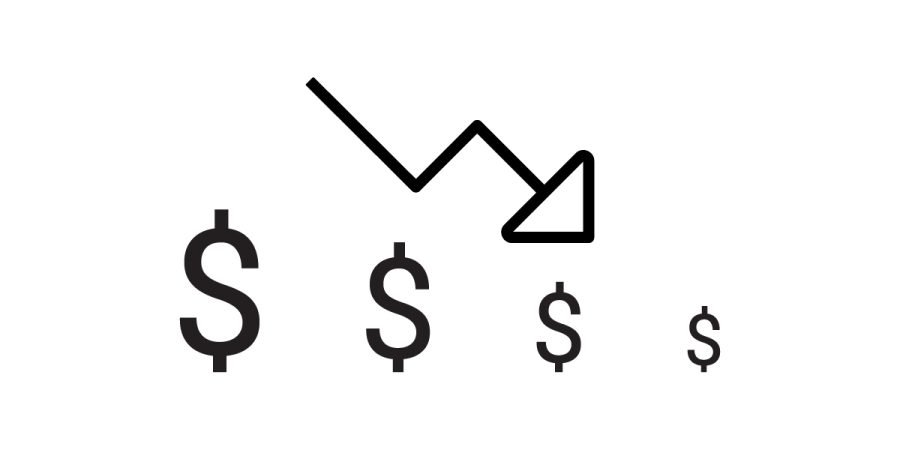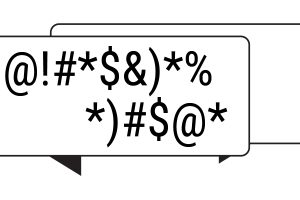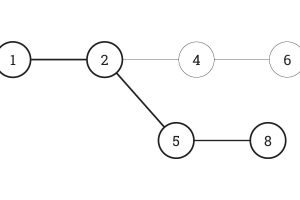Introduction
It’s almost a guarantee that any project that goes out to bid will come back more expensive than initially anticipated. When this happens, the general question becomes, ‘how can we make this happen for less money’… this is where value engineering comes in.
Value Engineering (VE) or Value Analysis
Value Engineering: The review process of proposed systems and materials to explore less expensive options to achieve a similar result.
- Also involves seeing if a product of higher quality is available for the same cost. While this isn’t exactly value engineering, it does give you more quality for the same amount.
- Best applied during the schematic design and design development phases to have the best impact on a project. Once the project is in CDs, it is typically a large cost to make changes.
- Design development refines the size, configuration, and exact design of the project, including materials, structure and building systems. The architect therefore, in a better position to assign costs to the various components of the site and building and compare these with the original project budget at this time than during the programming phase.
Refining A Budget
In general, there are three methods (approaches) for refining a project budget.
1. Parameter Method
Parameter Costs (Engineering Analysis)
This method bases the unit cost of each trade on the physical parameter of the building.
- Example: Structural steel will be evaluated on “gross area supported”
- Example: Acoustical ceilings will be evaluated on “net finished area”
Parameter method is more accurate than basing the unit cost of each trade on total area or volume. The range is based on 50% of projects centered about the median, using contract prices updated from construction start date to present.
Parameter costs of buildings are useful in developing feasibility studies, determining preliminary budgets, aiding design decisions, and cost-cutting procedures, determining checking bids, and simplifying cost control.
Engineering News-Record (ENR), establishes a Cities Building Cost Index which allows one location’s cost values to be applied to other locations’ cost.
- 100 in one city and 200 in another means it’s twice as expensive in the 200 city. This method is also used for pricing index tools that many in the industry use.
2. Matrix Costing
A matrix is drawn showing the various alternatives along one side and individual elements that combine to produce the total cost of the alternatives on the other side. This allows for identification of areas where cost savings can be achieved while maintaining the desired functionality. In other words, it allows you to see where costs are concentrated, therefore, where the highest value and the lowest efforts for the best impact for your action are.
- Sometimes known as Function-Cost Matrix (FCM)
3. Unit Cost Method
The project is broken down into its individual building components and the labor needed to install them. Contractors typically use this method of estimating when they are determining a bid or negotiated price for the project. It’s the most accurate but can only be used when construction drawings and specifications are complete or mostly complete.
- Material costs and labor
- Cost of the equipment, fees, and services necessary to complete the project
- Contractors overhead and profit
Society of American Value Engineers (SAVE)
Society Of American Value Engineers (SAVE) developed a 6 method approach to VE. Their method:
- Gather information to better understand the project
- Perform a function analysis to understand and clarify the required functions
- Generate alternatives on how to accomplish the required functions
- Synthesize ideas and select the ones that are feasible for development into value improvements
- Select the best alternative for improving value
- Present the recommendations to the project stakeholders






Leave a Reply
You must be logged in to post a comment.